Angkor, archaeological site in what is now northwestern Cambodia, lying 4 miles (6 km) north of the modern town of Siĕmréab. It was the capital of the Khmer (Cambodian) empire from the 9th to the 15th century, a period that is considered the classical era of Cambodian history. Its most-imposing monuments are Angkor Wat, a temple complex built in the 12th century by King Suryavarman II (reigned 1113–c. 1150), and Angkor Thom, a temple complex built about 1200 by King Jayavarman VII.
(Place: Angkor Thom)
The city of Angkor served as the royal centre from which a dynasty of Khmer kings ruled one of the largest, most prosperous, and most sophisticated kingdoms in the history of Southeast Asia. From the last decade of the 9th century, when King Yashovarman I made Angkor his place of residence, until the early years of the 13th century, the kings of Angkor ruled over a territory that extended from the tip of the Indochinese Peninsula northward to modern Yunnan province, China, and from Vietnam westward toward the Bay of Bengal.
(Place: Angkor Wat)
During this entire period, these rulers utilized the vast resources of labour and wealth at their disposal to carry out a series of prodigious construction projects designed to glorify both themselves, their gods, and their capital city. After the reign of King Jayavarman VII (1181–c. 1220), the power and vitality of the kingdom gradually waned until finally, after the armies of the Tai state of Ayutthaya (Ayudhia) captured and sacked Angkor in 1431, the city was partially abandoned.

(Place: Baphuon)
Angkor was a centre for administration and for the worship of a divine monarch. The city was planned and constructed on the basis of religious and political conceptions imported from India and adapted to local traditions. From the time of Yashovarman I, who named the city Yashodharapura, Angkor was conceived as a symbolic universe structured according to the model provided by traditional Indian (Hindu) cosmology.
(Place: Bayon)
The city was oriented around a central mountain or pyramid temple (symbolic of Mount Meru, home of the gods) that was an architectural adaptation and completion of the one natural hill in the area, the Phnom Bakheng. In a similar manner, the central structure of each temple reflected the position of Mount Meru. The outer walls of each temple recalled the mountains that were believed to ring the edge of the cosmos, or world. The vast system of reservoirs, canals, and moats, which was one of the most notable features of Angkor, served primarily as a means of water control and rice irrigation, although it also represented the waters of the cosmos.

(Place: Neak Pean)
In the later history of the city, the central temples were completely architectural creations (i.e., pyramid temples), such as the Phimeanakas of Suryavarman I (reigned c. 1000–50); the Baphuon of Udayadityavarman II (reigned 1050–66); and the Buddhist temple of Bayon, which was the central temple built by Jayavarman VII when he gave the city, which was later known as Angkor Thom, or “Great City,” its more or less final form.
(Place: Phnom Bakheng)
Many of the temples at Angkor, all of which gave expression to Indian cosmological and mythical themes, were built in order to provide a locus for cults through which kings and other members of the royal family could be assured of immortality by becoming identified with Shiva or one of the other preeminent gods of the realm.
(Place: Preah Khan)
For example, Angkor Wat, which is perhaps the greatest and certainly the most famous of all the temples in the Angkor complex, was built by King Suryavarman II in the 12th century as a vast funerary temple within which his remains were to be deposited, thus symbolically confirming his permanent identity with Vishnu.
(Place: Ta Prohm)
Inside the third enclosure at Angkor Wat are bas-reliefs running for hundreds of yards that depict scenes from the Mahabharata and the Ramayana, as well as a scene of Suryavarman holding court. Hundreds of statues of apsaras (angelic dancers) also adorn the temple.
(Place: Siem Reap)
(Source of text: https://www.britannica.com/place/Angkor)
(Important Note: ALL photographs of this article added by NovoScriptorium after kind courtesy of our friend Ben Lee – ALL photographs originally taken by Ben Lee)

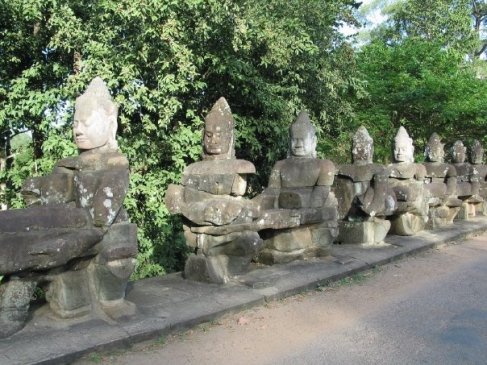



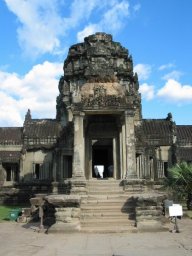





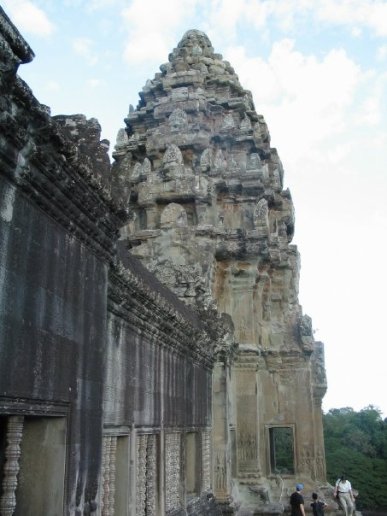


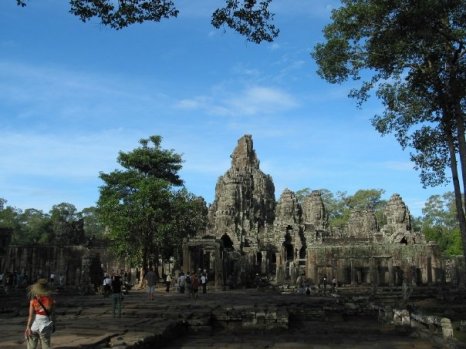







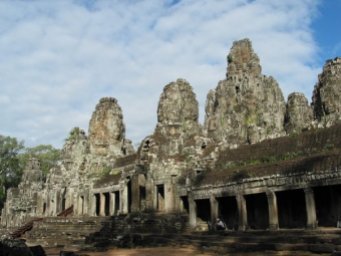













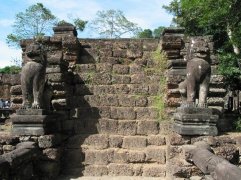



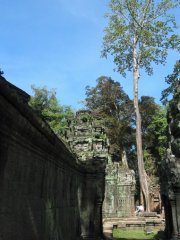









Leave a comment